Amsterdam - Day Seven
|
| Today we hit the Van Gogh Museum as soon as it opened -- with tickets acquired in advance this time. |
| |
 |
|
|
The entire modern, three-story museum is dedicated to Vincent van Gogh, his life and paintings.
Van Gogh (1853 – 1890) was a Dutch post-impressionist painter who is among the most famous and influential figures in the history of Western art. In just over a decade, he created about 2,100 artworks, including around 860 oil paintings, most of which date from the last two years of his life. They include landscapes, still lifes, portraits and self-portraits, and are characterised by bold colours and dramatic, impulsive and expressive brushwork that contributed to the foundations of modern art. He was not commercially successful, and his suicide at 37 came after years of mental illness, depression and poverty.
Yes, he was the guy who cut off part of his own left ear.
This Van Gogh is called Almond Blossoms.
|
| |
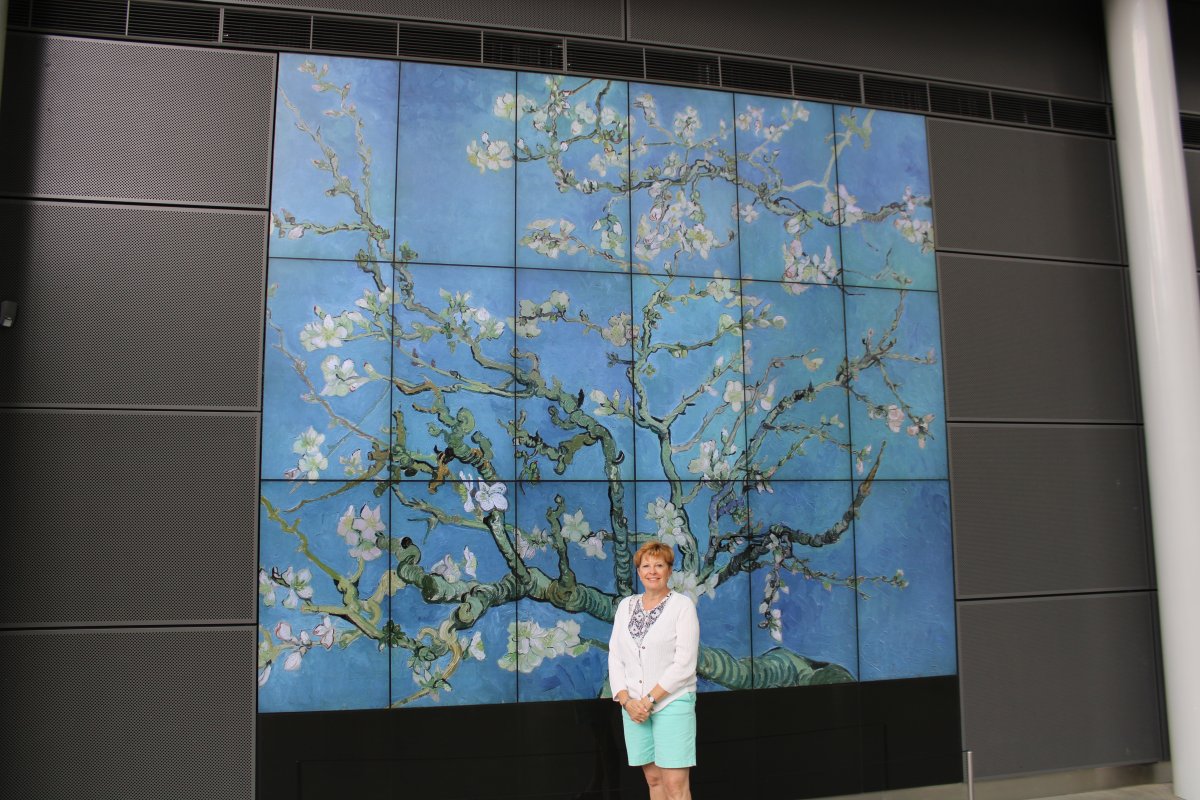 |
|
|
Van Gogh's Sunflowers is one of his most famous paintings.
|
| |
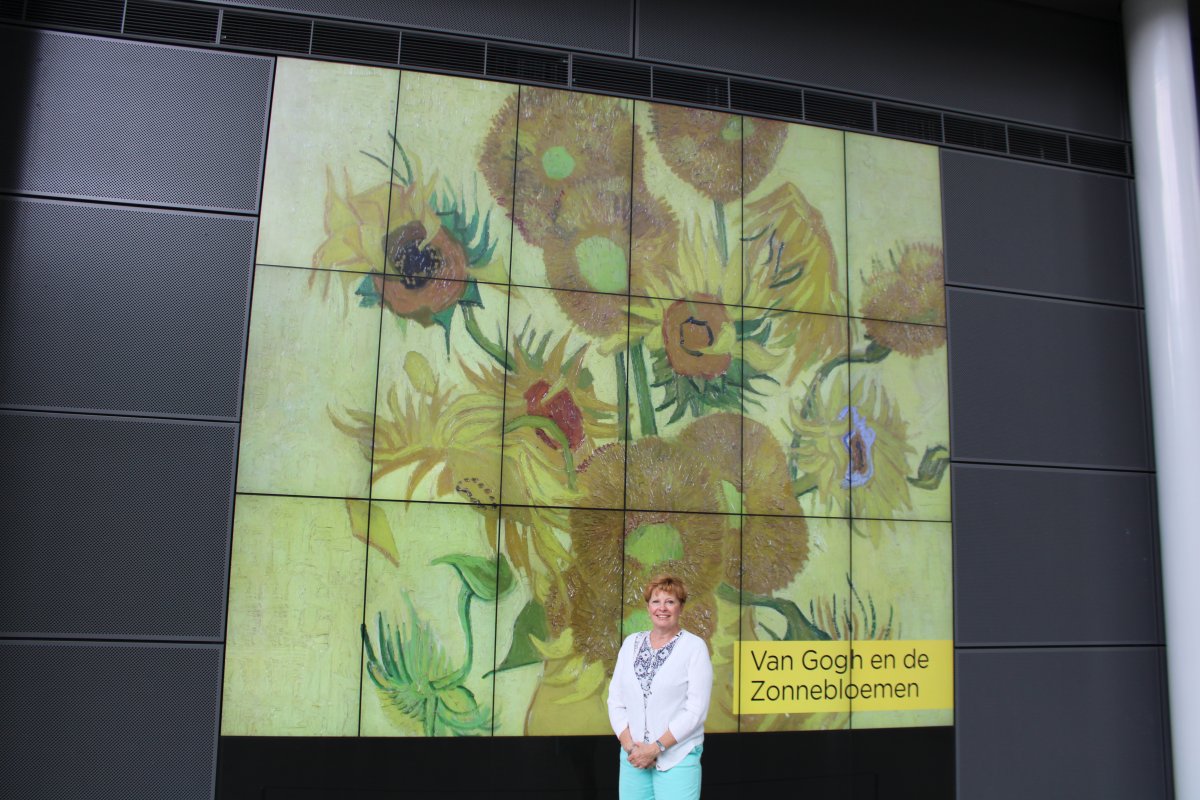 |
|
|
Looking back down the Park with the Van Gogh Museum on the left and the Rijks Museum in the distance.
|
| |
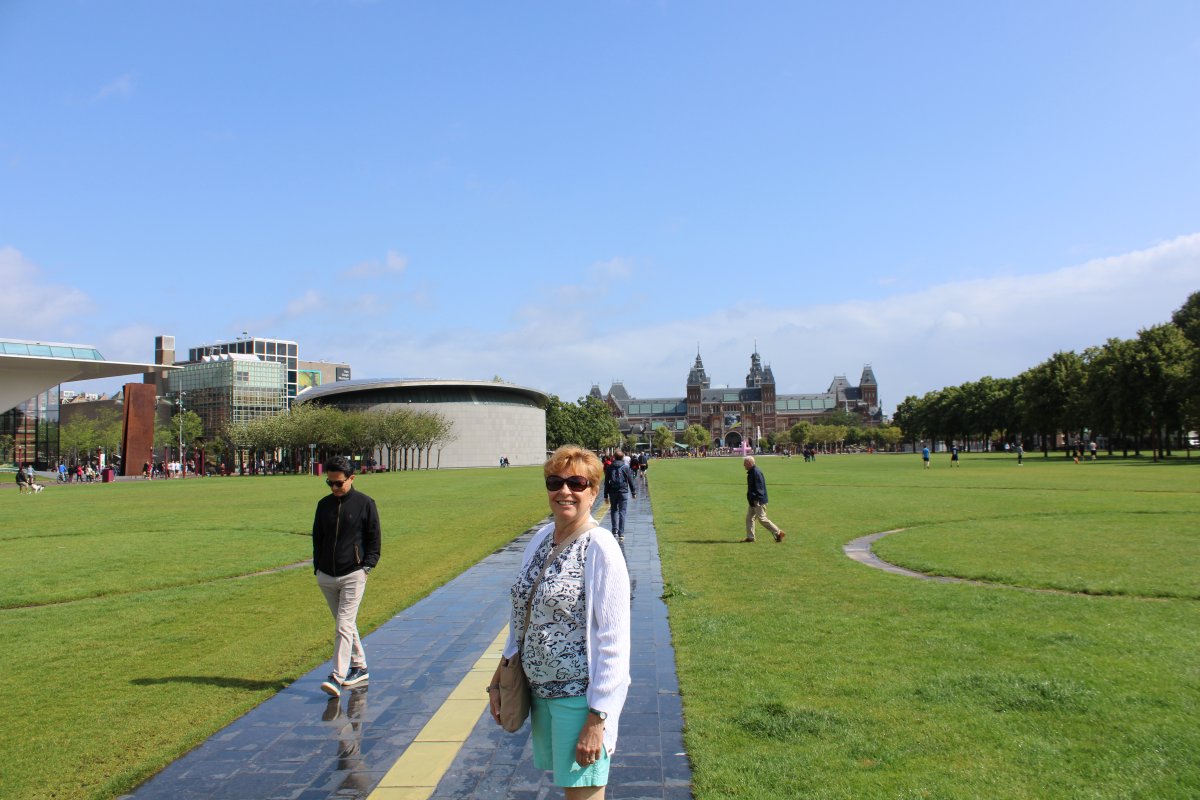 |
|
|
Perhaps I'm not sophisticated enough to find deeper meaning in works of art, but Van Gogh's paintings just don't do it for me. Yeah, sure, he was a good, maybe great painter -- I wouldn't know. I guess he was, since his works are among the world's most expensive paintings. My take from this popular museum is that the real geniuses were Van Gogh's family, mainly his brother's wife and her son. They inherited hundreds of his paintings, drawings and letters, recognized the popularity of his work, realized what they had, and made a good living off them! Van Gogh's nephew and namesake, Vincent Willem van Gogh (1890–1978), inherited the estate after his mother's death in 1925, and was instrumental in the establishment of the Museum which opened in 1973.
I think paintings are obsolete now, replaced by digital photographs. Only a few skilled artists can paint. But almost anyone can shoot a decent digital photograph -- just find some beautiful scenery and start shooting!
Here is a self portrait of the man himself.
|
| |
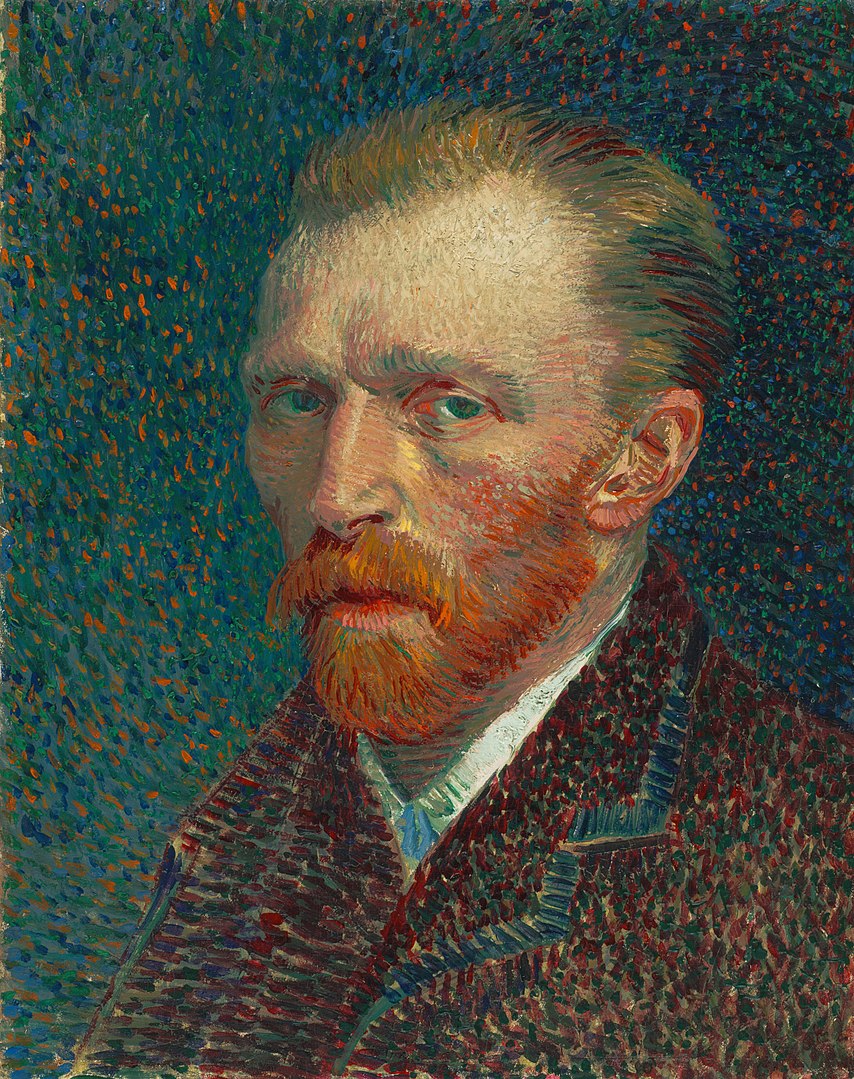 |
|
Outside on the Museum Plein, with the Concertgebouw -- considered one of the finest concert halls in the world thanks to its superb acoustics -- visible on the left. |
| |
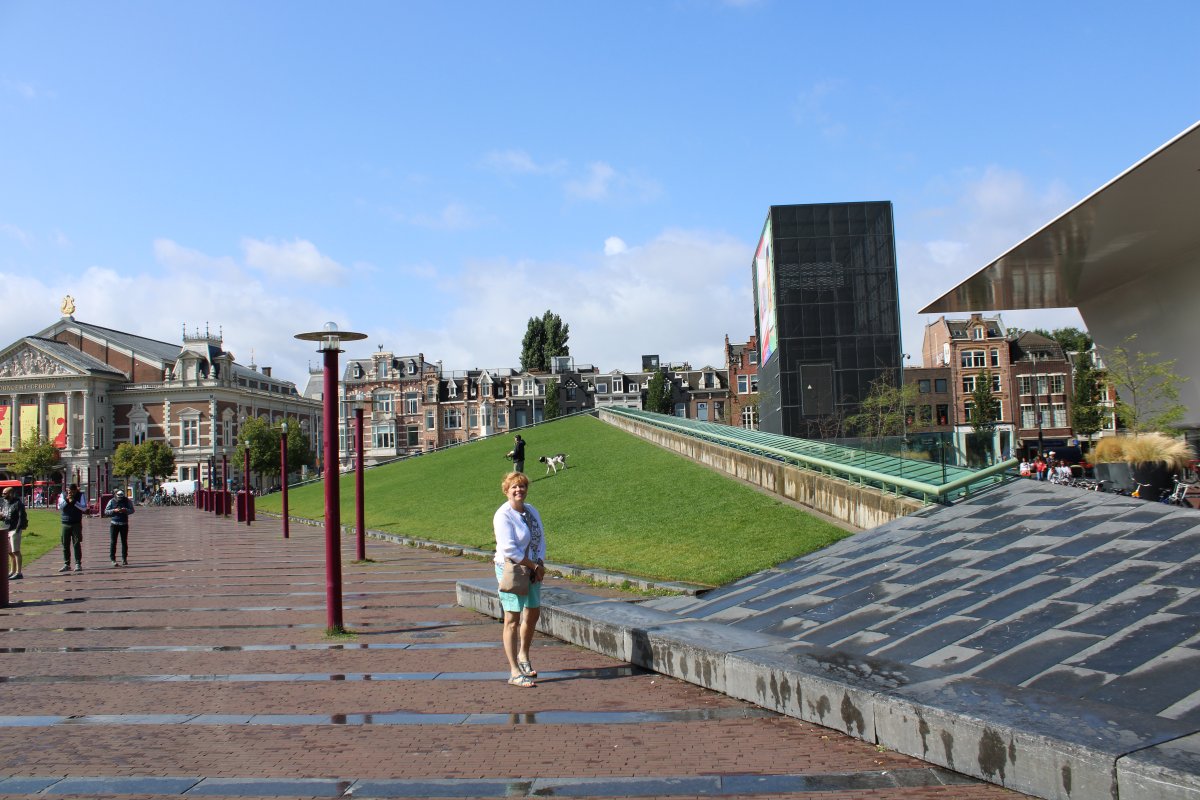 |
|
| Amsterdam was very pretty in August, with colorful flowers everywhere. The cities residents were outside, biking around, or sitting outside eating and drinking, enjoying life. |
| |
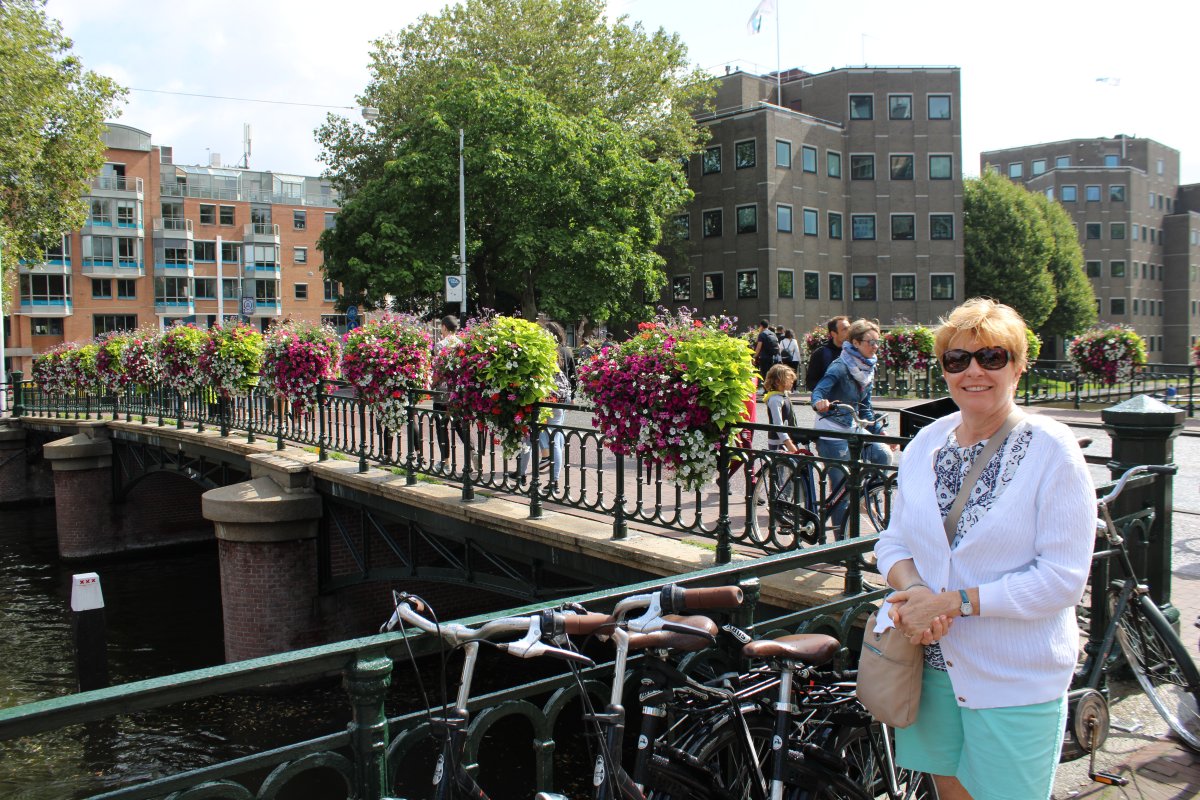 |
|
| We started walking east and spotted the Heineken Brewery! So Amsterdam has two big beer names: Amstel and Heineken. It turns out that Heineken bought Amstel in 1968 and the Amstel brewing plant shut down in 1972. Of course, you can still buy Amstel Light beer in the US, but it is brewed in the Heineken Brewery. |
| |
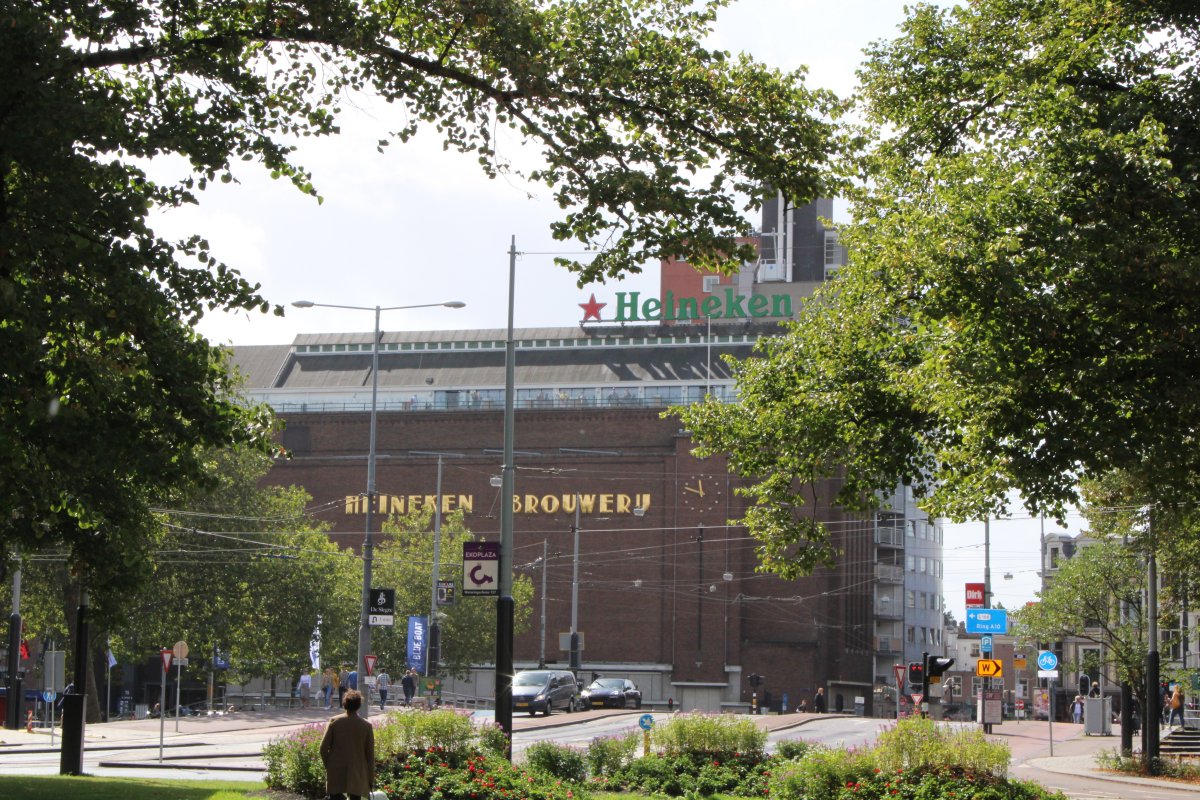 |
|
|
Heading toward the Hermitage Amsterdam museum, we walked north on the east side of the Amstel River.
|
| |
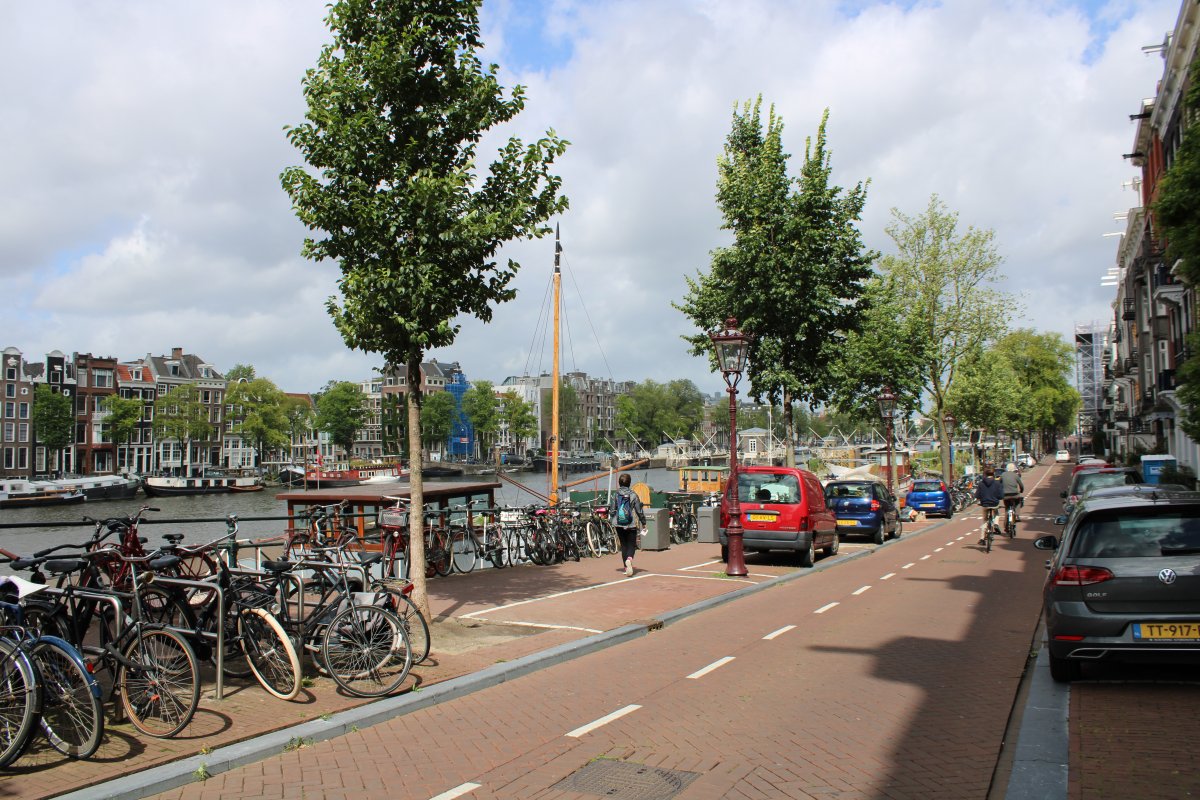 |
|
| |
| |
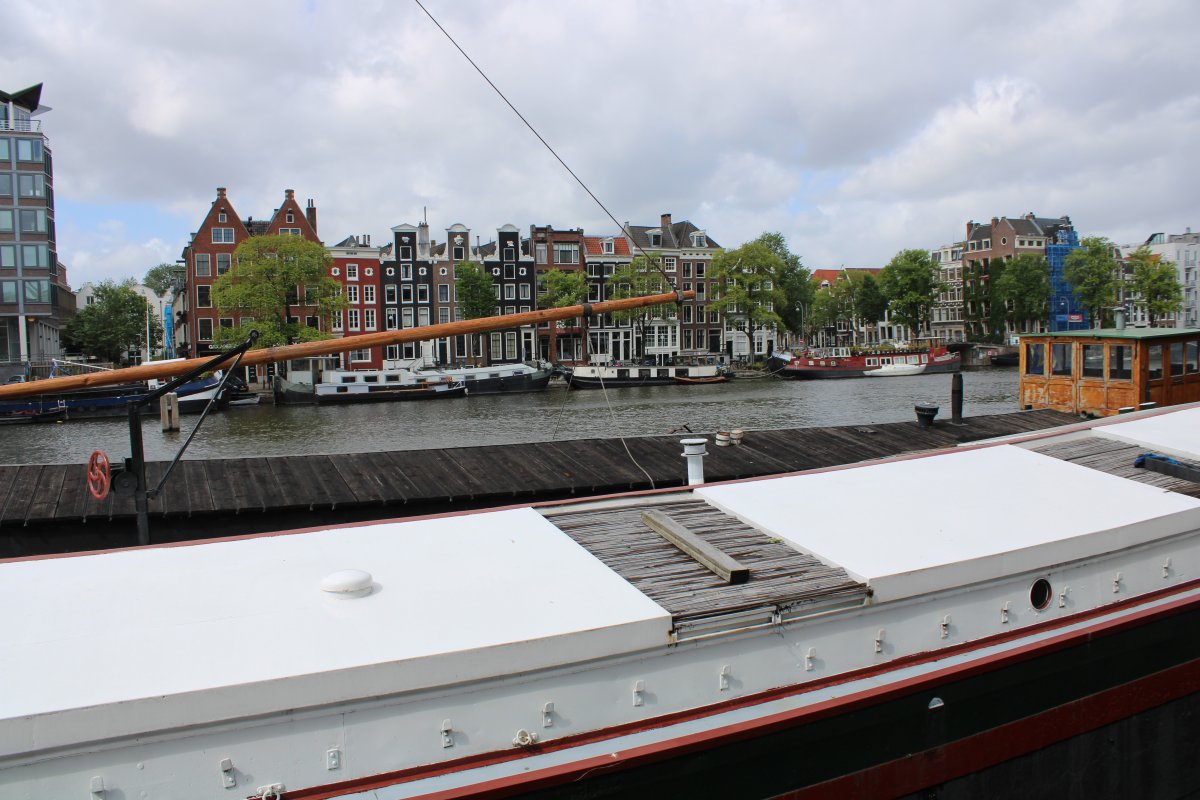 |
|
|
|
| |
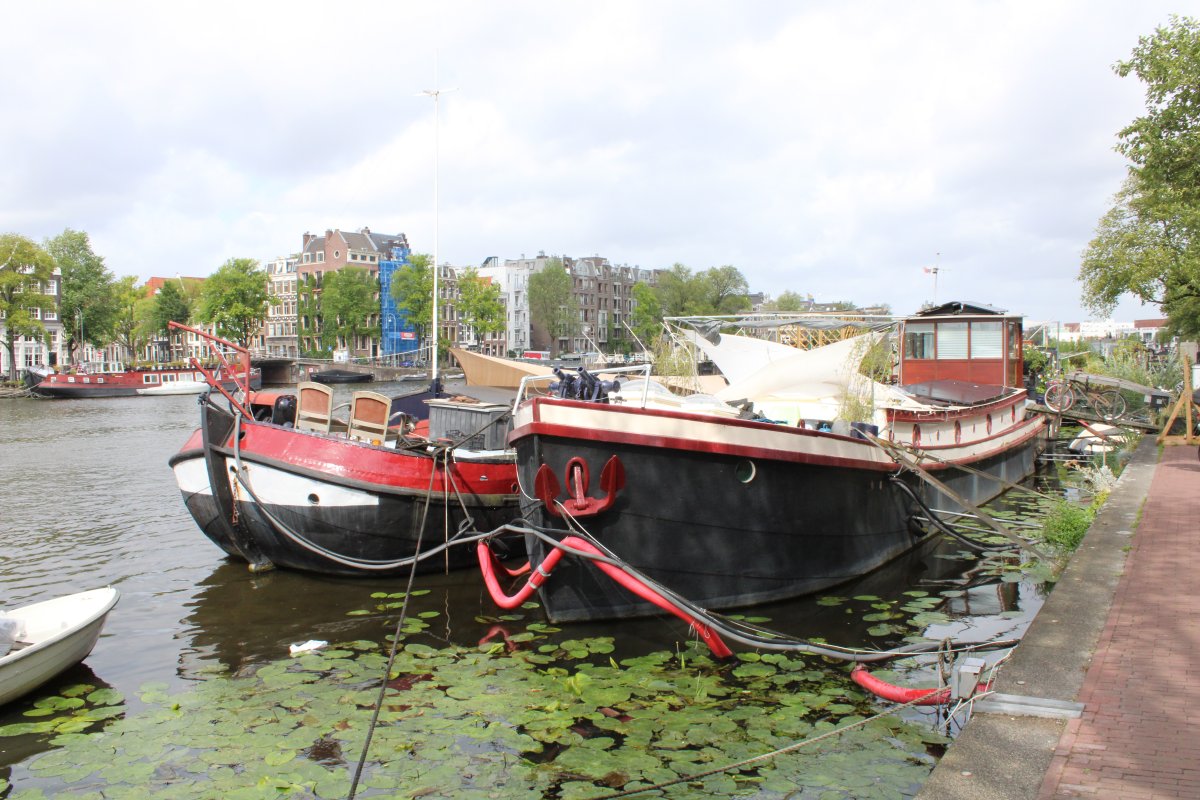 |
|
| |
| |
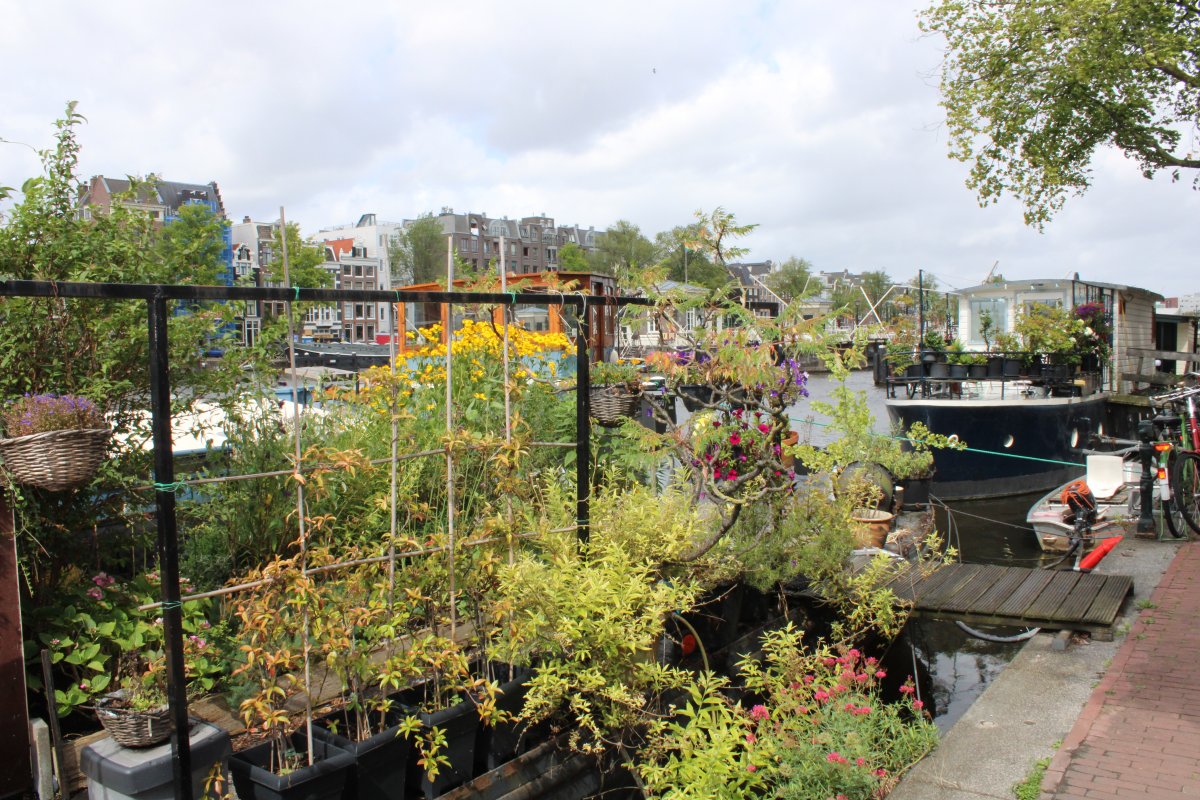 |
|
| That's the famous Magere Brug (or Skinny Bridge) up ahead. It's supposedly the most beautiful bridge in Amsterdam, with picturesque views of the city and river. |
| |
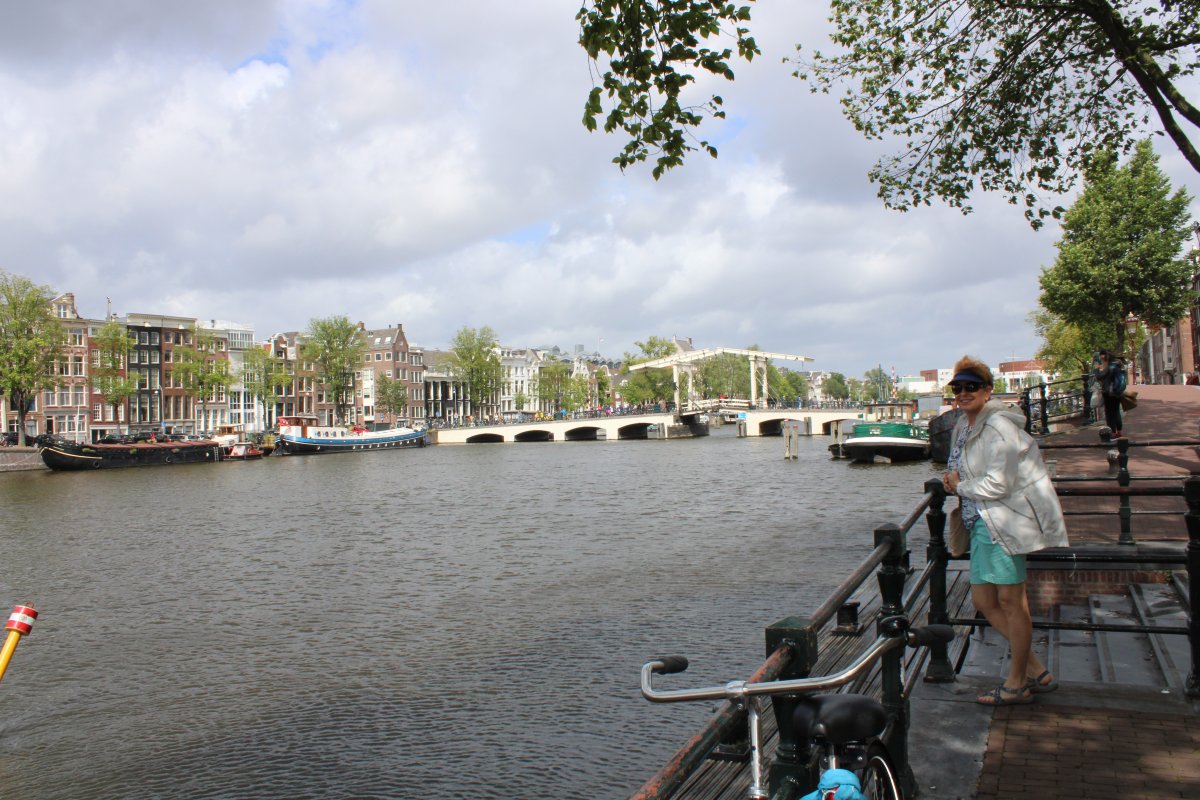 |
|
| Looking down one of the side canals off the Amstel. |
| |
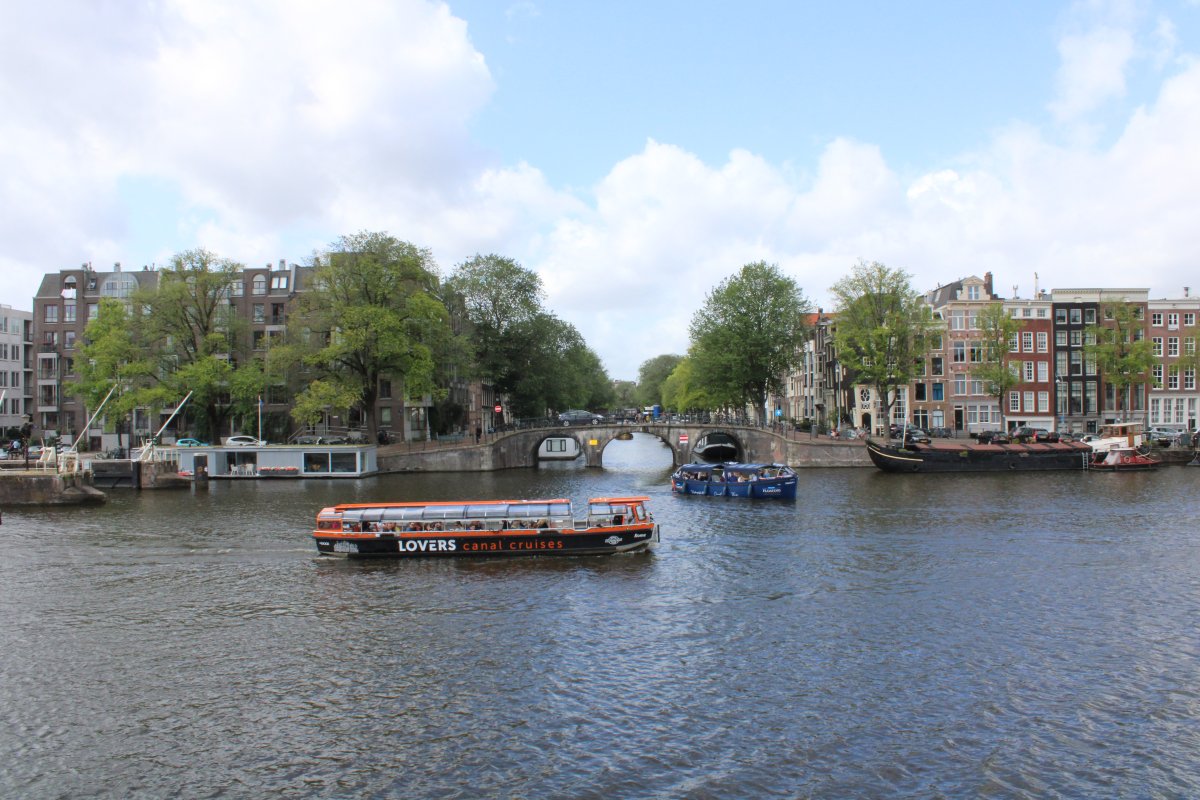 |
|
|
The Skinny Bridge. Amsterdam has so many bridges and so many great views that I didn't really see anything special about this one. But I didn't have anything against it either.
A story told to tourists about the origins of the 1691 version of the bridge is that it was built by 2 sisters who lived on opposite sides of the Amstel river and wanted to be able to visit one another, every day. In one variant of the story, the sisters were not able to afford a bridge of adequate width or height, for general use, so a very narrow bridge was built, hence its name. In another variant, the sisters' last name was 'Mager', hence the bridge's name (rather than from its narrowness). Recent research of city archives revealed the name has its origin in the fact that originally a broad and monumental stone bridge was planned during Amsterdam's prosperous Golden Age, but the 1672 economic setback forced the city council to drastically scale back the plans, and build a basic and simple structure, instead.
The many changes to the bridge over the years, it has been torn down and rebuilt more than any other bridge in the city, has led locals to regard this bridge as the most romantic of all in Amsterdam. It is a common site for proposals and lovers' strolls. Additionally, legend says that a kiss between lovers while on this bridge (or passing beneath by boat) ensures that they will be in love forever.
The bridge can be seen in the 1971 James Bond movie Diamonds Are Forever. I happened to watch Diamonds Are Forever after returning from this trip, and sure enough, there it was!
|
| |
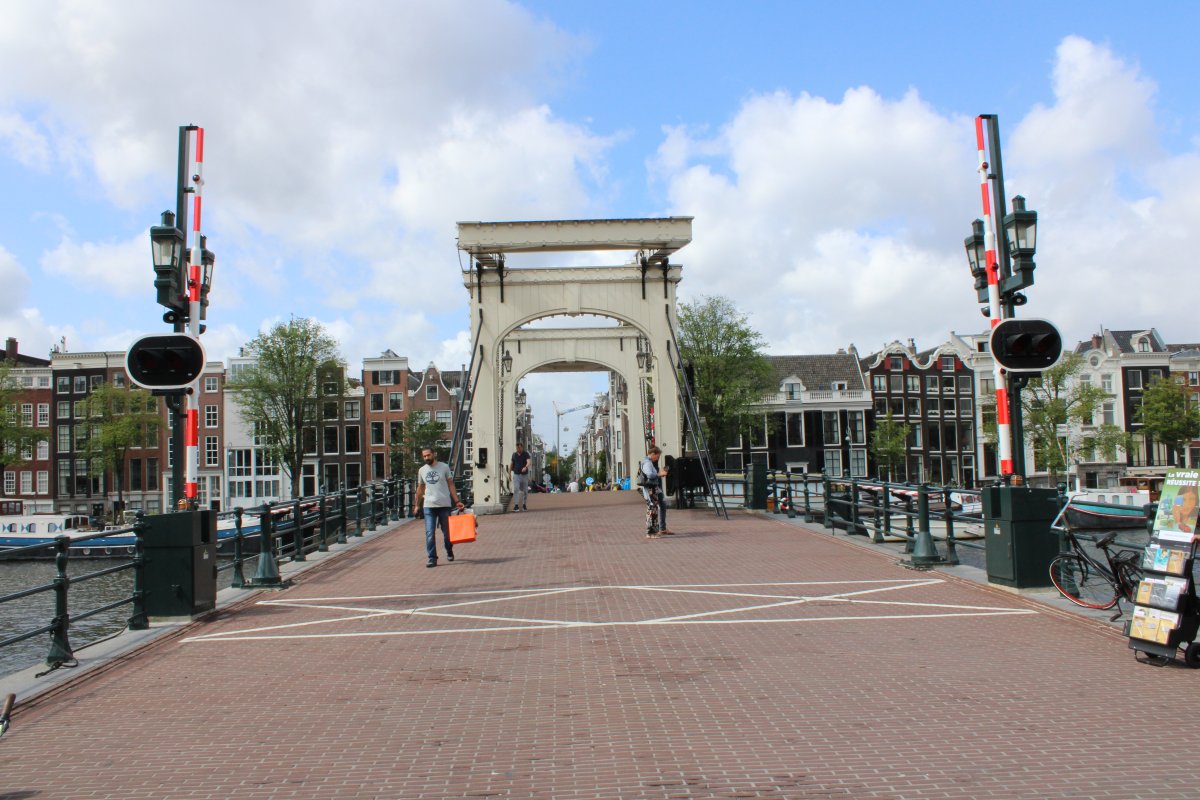 |
|
| Looking north from the Skinny Bridge. |
| |
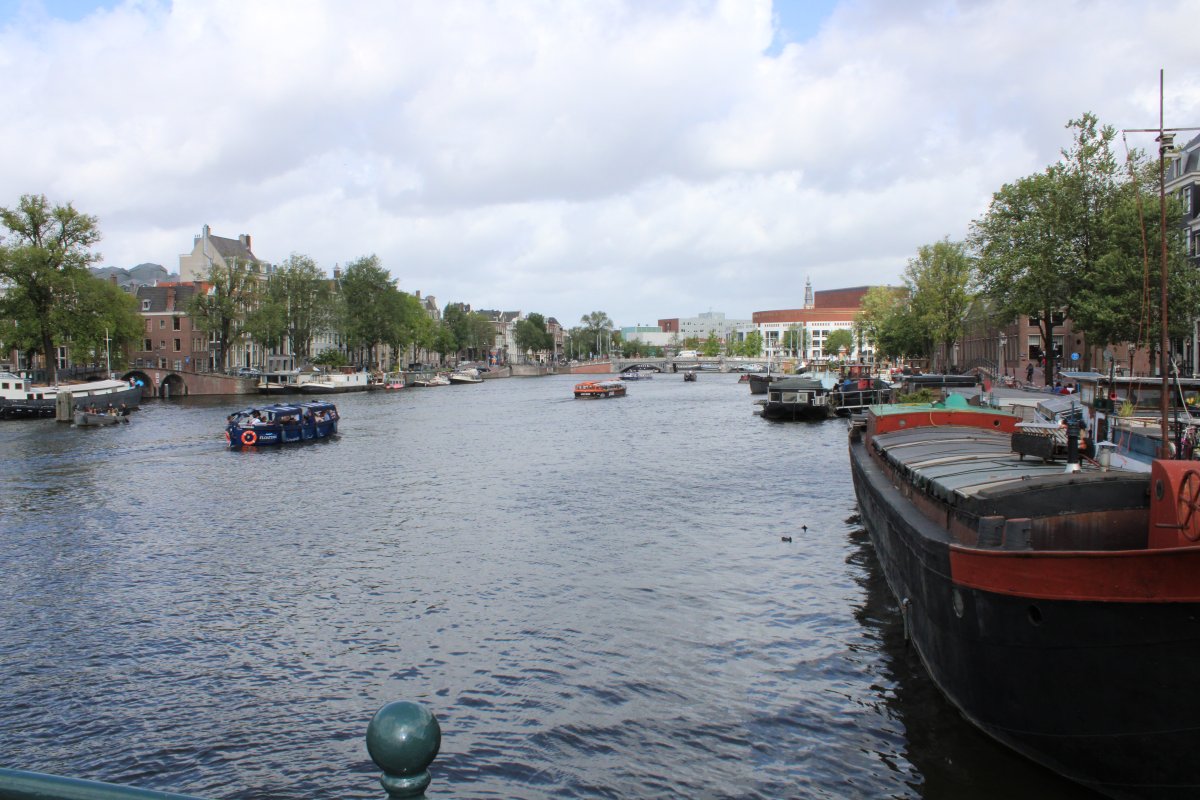 |
|
|
Looking south.
|
| |
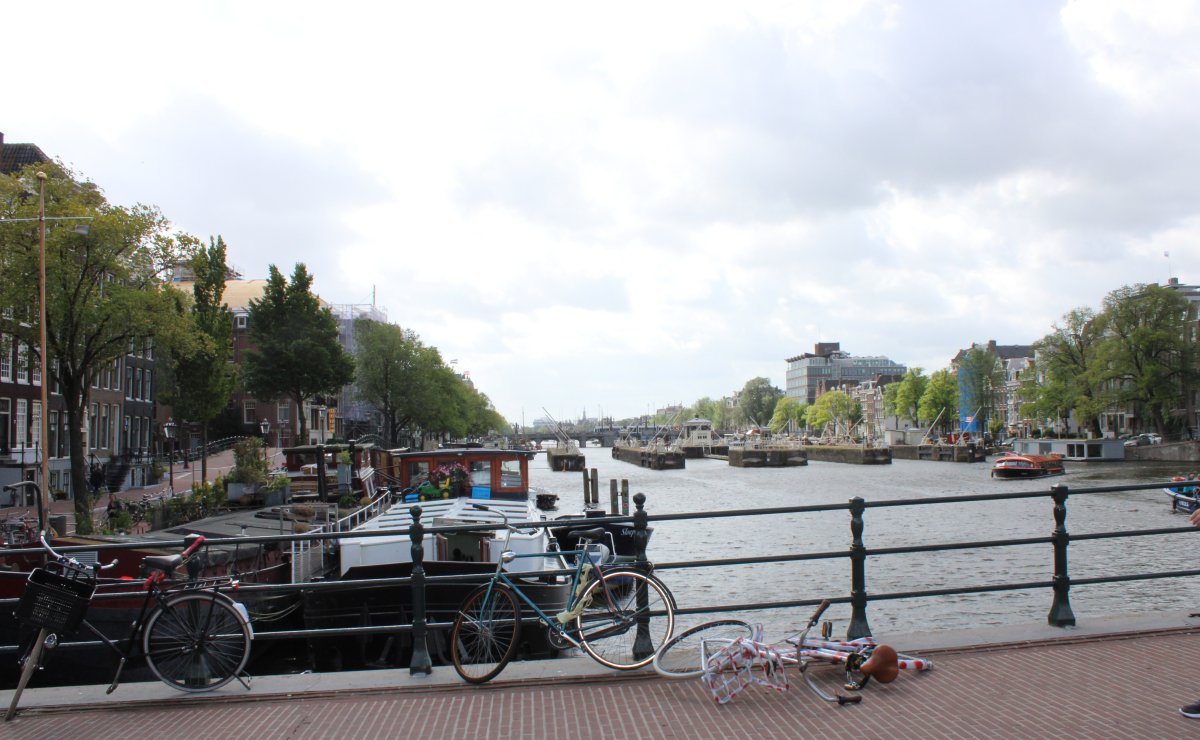 |
|
|
We arrived at the Hermitage Amsterdam Museum. The main Hermitage Museum of Saint Petersburg, Russia -- second largest art museum in the world (after the Louvre) -- has so much stuff they can only display five percent of it at a time. So they lend out exhibits to the branch museums where it rotates through, since by Russian law, pieces of the collection can only be out of the country for six months at a time.
I really enjoyed this one. I liked how they displayed art from two different civilizations next to each other.
|
| |
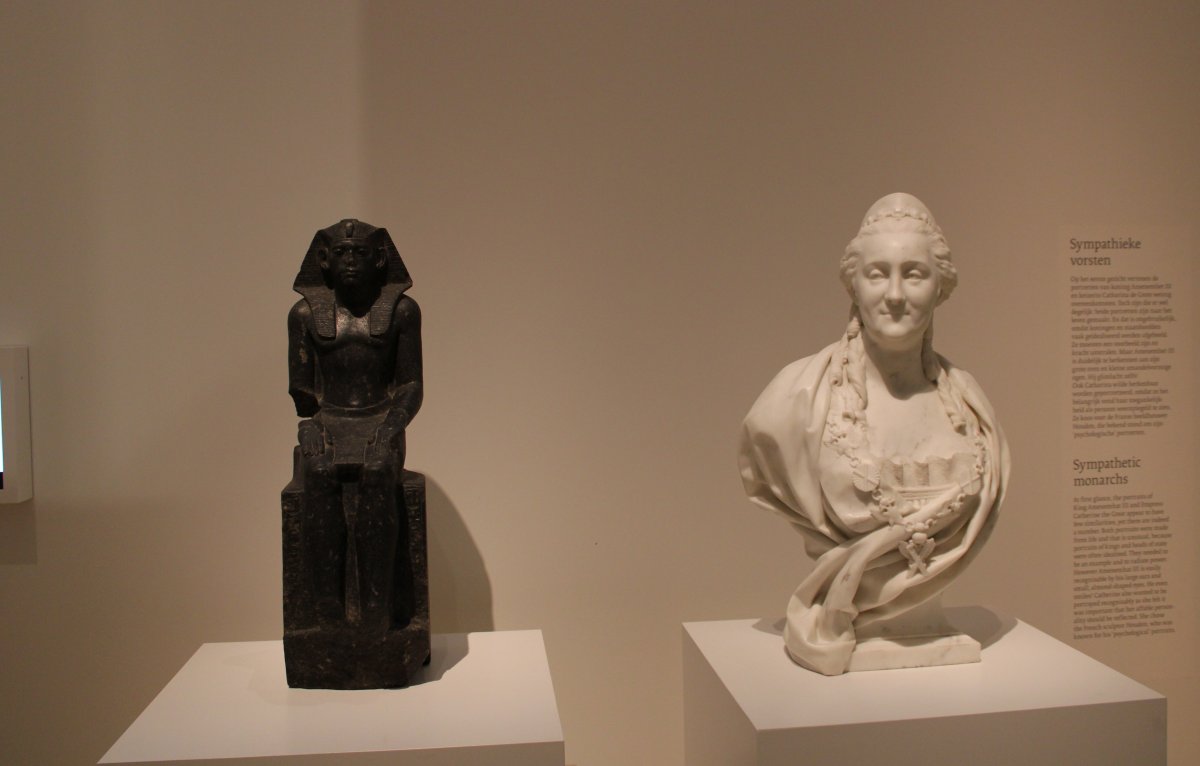 |
|
| |
| |
 |
|
| |
| |
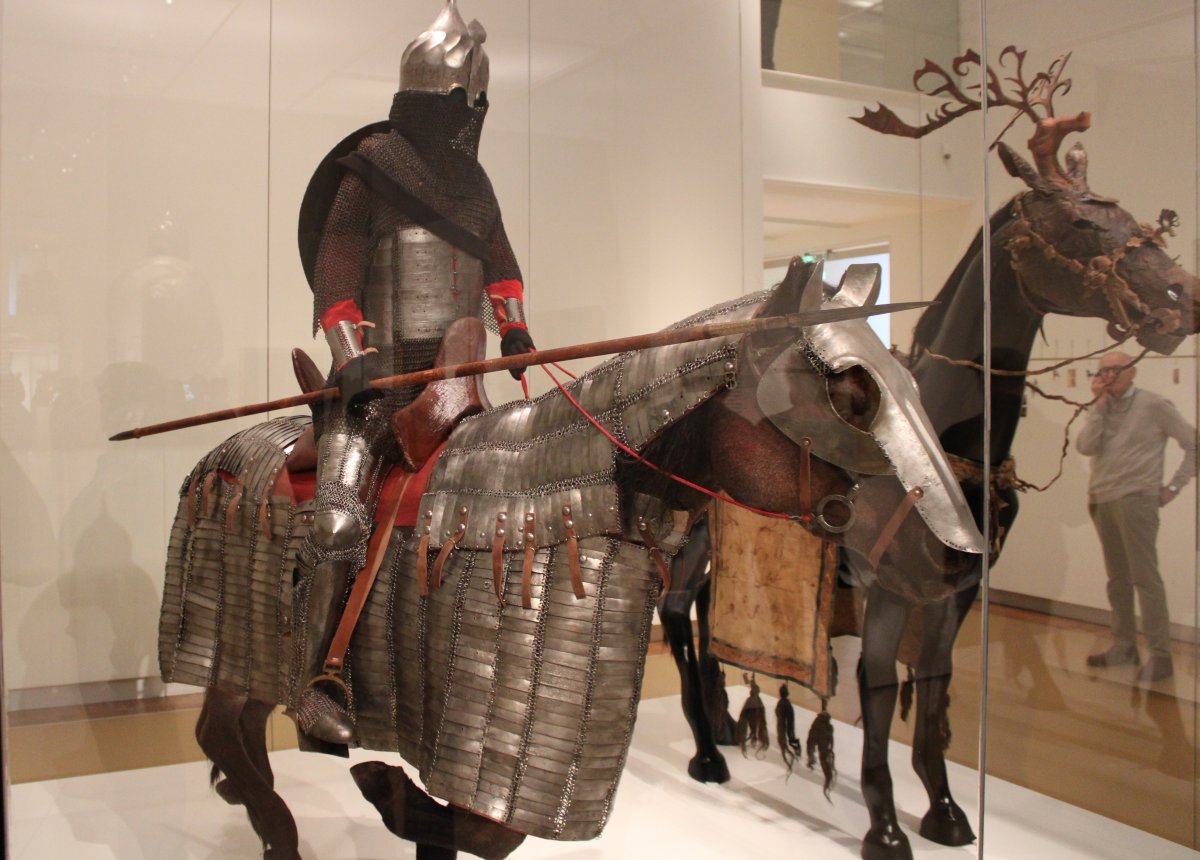 |
|
|
|
| |
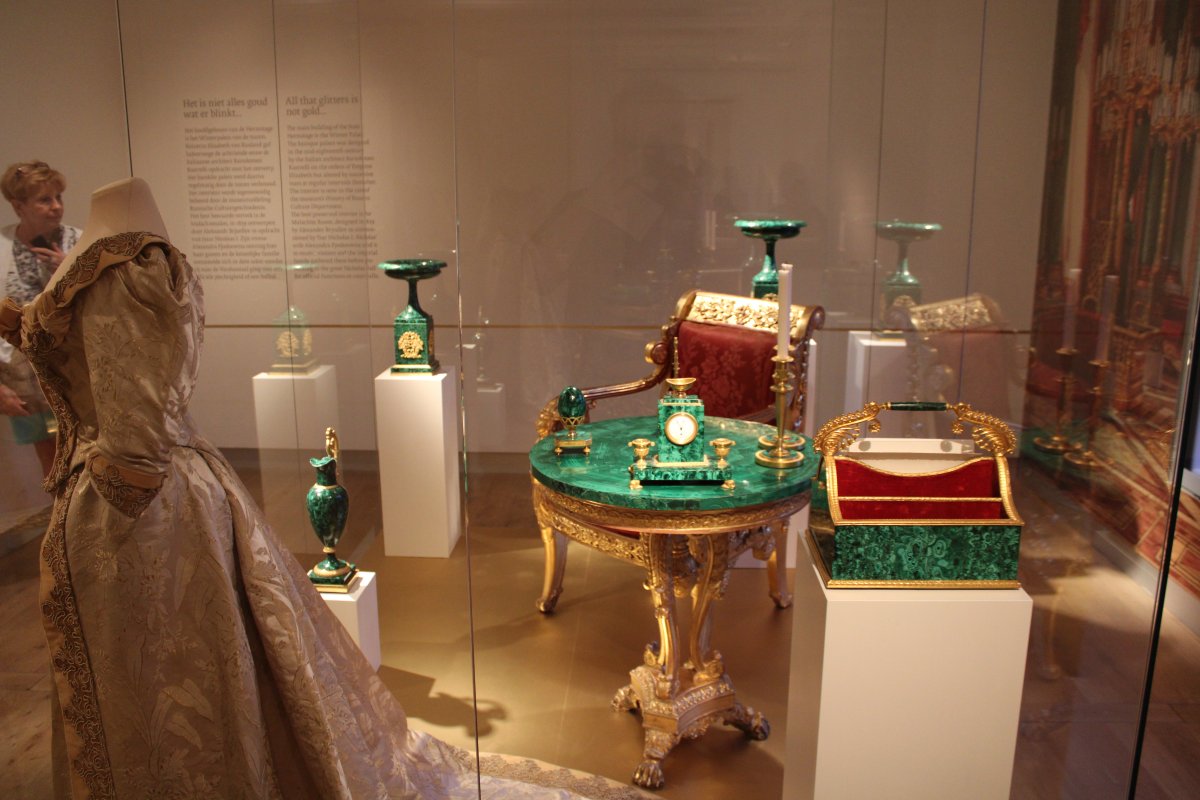 |
|
| |
| |
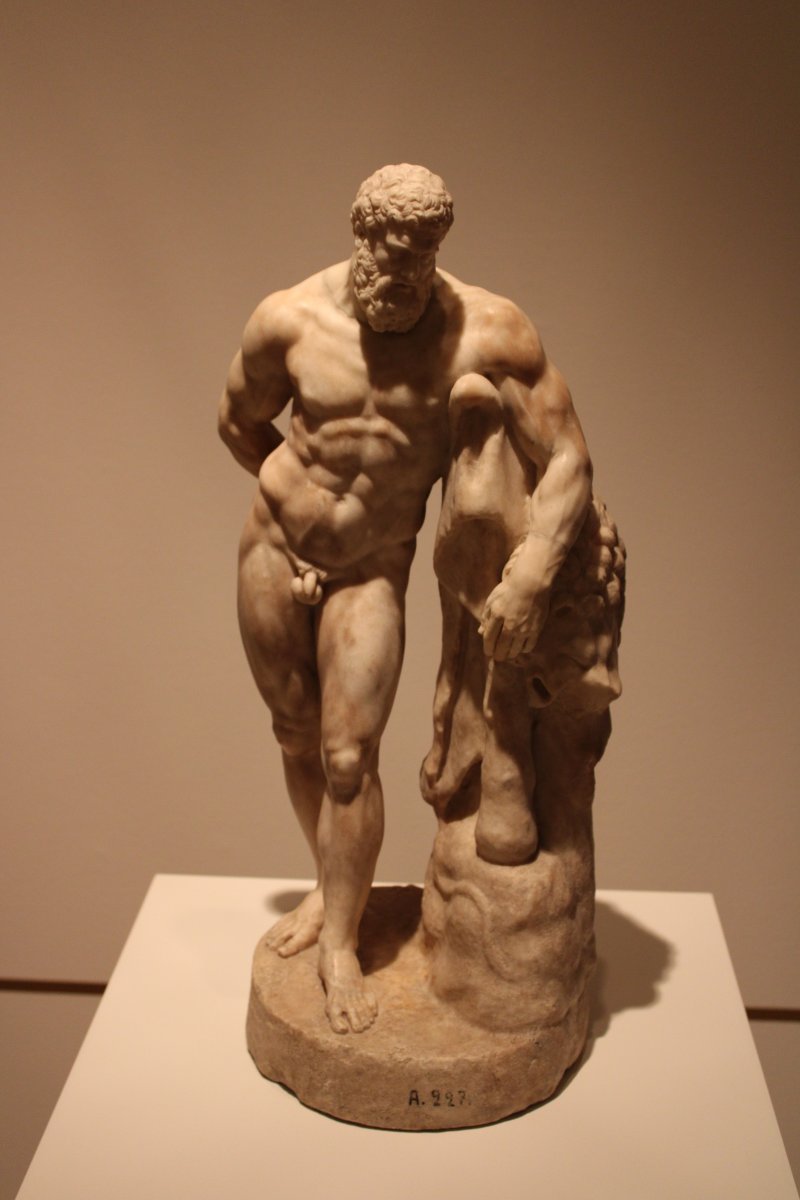 |
|
| |
| |
 |
|
|
It was a short sightseeing day today because check in on our river cruiseboat was in the afternoon.
|
| |
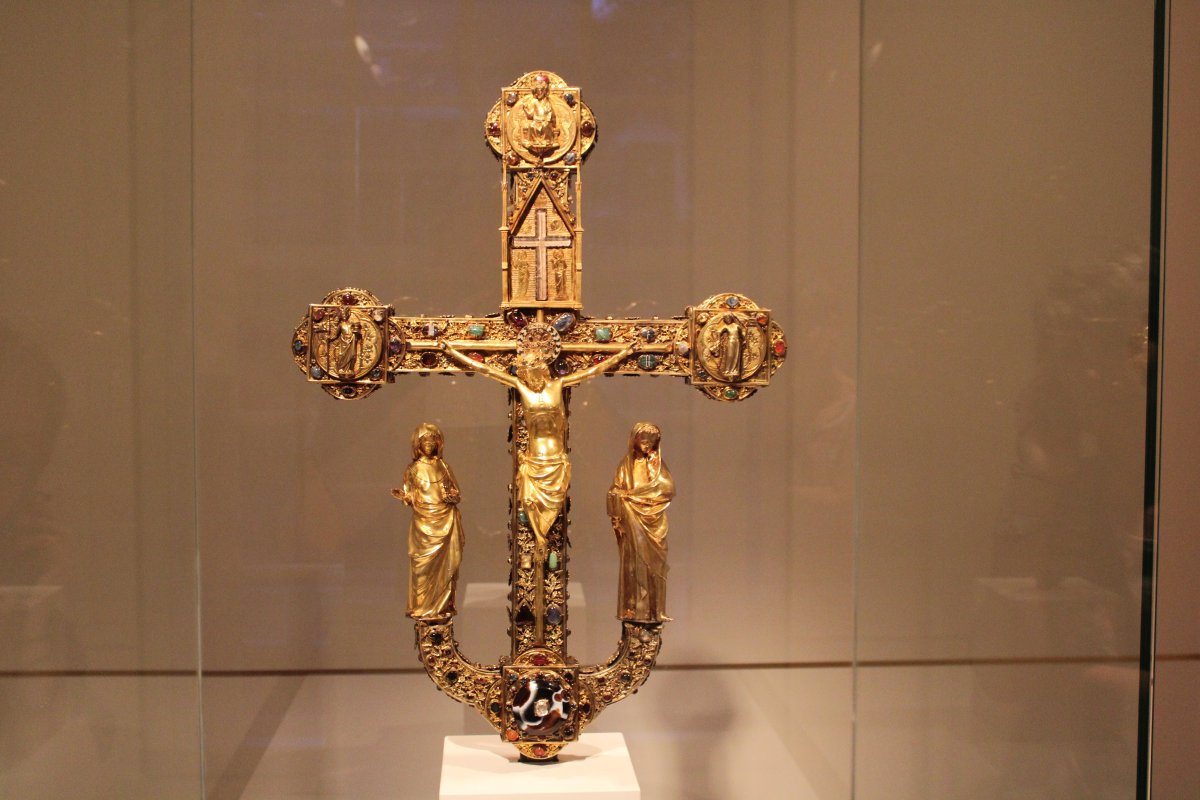 |
|
| |
| |
|
|
|
|
|
|























